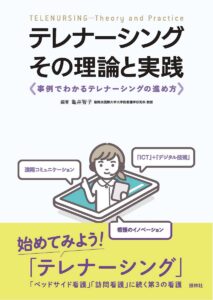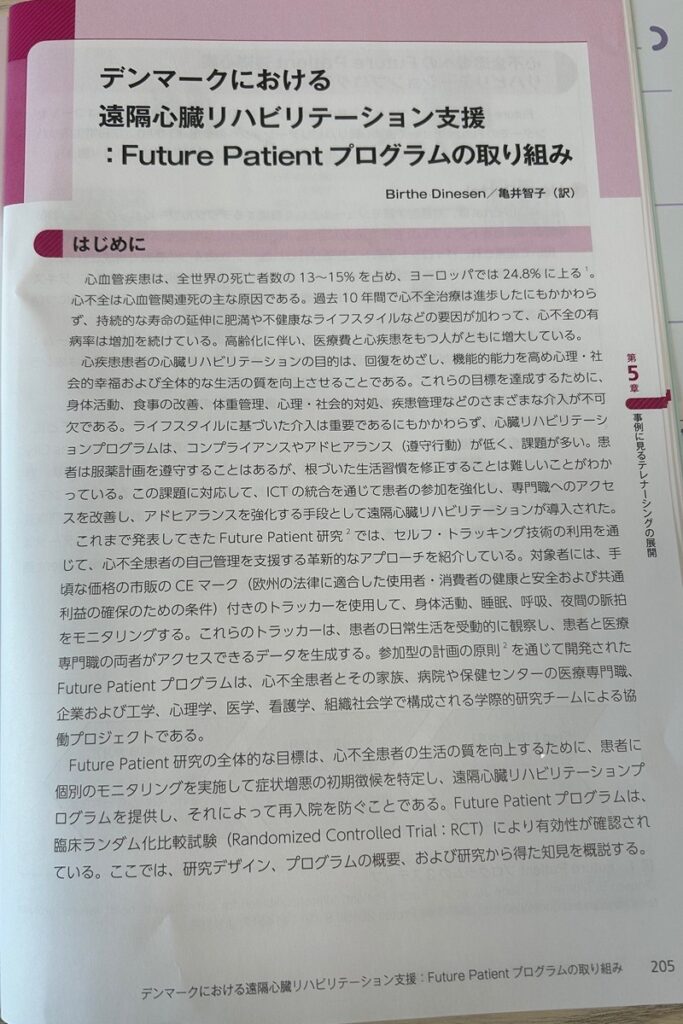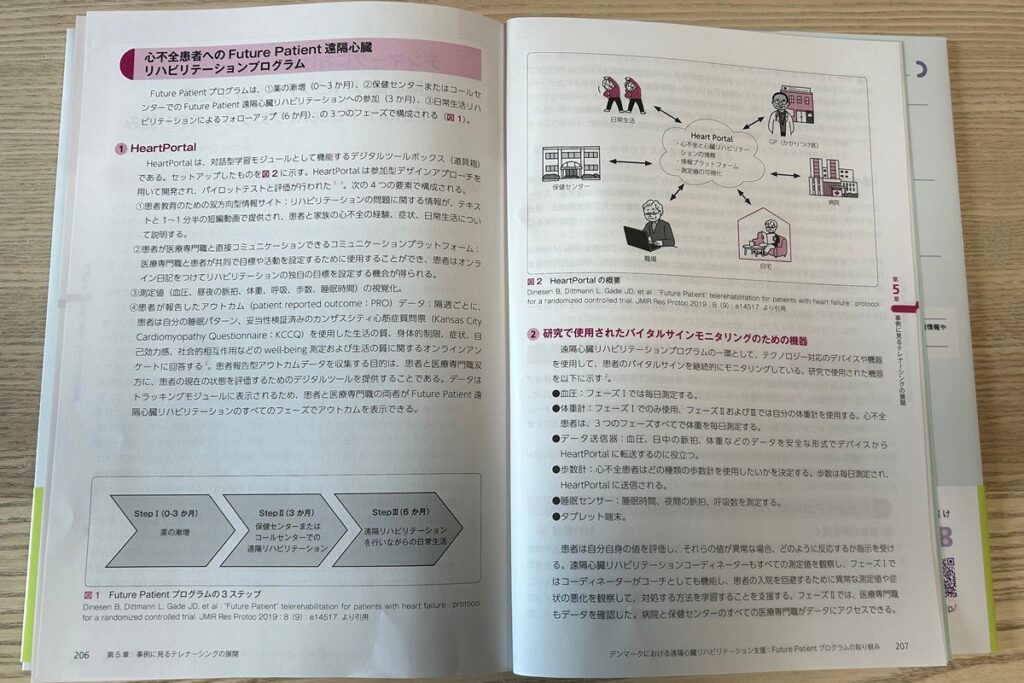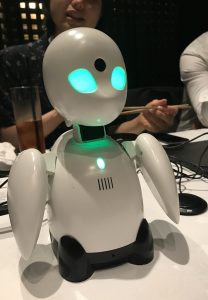Morimoto Y, Takahashi T, Sawa R, Saitoh M, Morisawa T, Kagiyama N, Kasai T, Dinesen B, Hollingdal M, Refsgaard J, Daida H
Web Portals for Patients With Chronic Diseases: Scoping Review of the Functional Features and Theoretical Frameworks of Telerehabilitation Platforms
J Med Internet Res 2022;24(1):e27759
doi: 10.2196/27759PMID: 35084355
Abstract
Background: The COVID-19 pandemic has required an increased need for rehabilitation activities applicable to patients with chronic diseases. Telerehabilitation has several advantages, including reducing clinic visits by patients vulnerable to infectious diseases. Digital platforms are often used to assist rehabilitation services for patients in remote settings. Although web portals for medical use have existed for years, the technology in telerehabilitation remains a novel method.
Objective: This scoping review investigated the functional features and theoretical approaches of web portals developed for telerehabilitation in patients with chronic diseases.
Methods: PubMed and Web of Science were reviewed to identify articles associated with telerehabilitation. Of the 477 nonduplicate articles reviewed, 35 involving 14 portals were retrieved for the scoping review. The functional features, targeted diseases, and theoretical approaches of these portals were studied.
Results: The 14 portals targeted patients with chronic obstructive pulmonary disease, cardiovascular, osteoarthritis, multiple sclerosis, cystic fibrosis diseases, and stroke and breast cancer survivors. Monitoring/data tracking and communication functions were the most common, followed by exercise instructions and diary/self-report features. Several theoretical approaches, behavior change techniques, and motivational techniques were found to be utilized.
Conclusions: The web portals could unify and display multiple types of data and effectively provide various types of information. Asynchronous correspondence was more favorable than synchronous, real-time interactions. Data acquisition often required assistance from other digital tools. Various functions with patient-centered principles, behavior change strategies, and motivational techniques were observed for better support shifting to a healthier lifestyle. These findings suggested that web portals for telerehabilitation not only provided entrance into rehabilitation programs but also reinforced participant-centered treatment, adherence to rehabilitation, and lifestyle changes over time.






